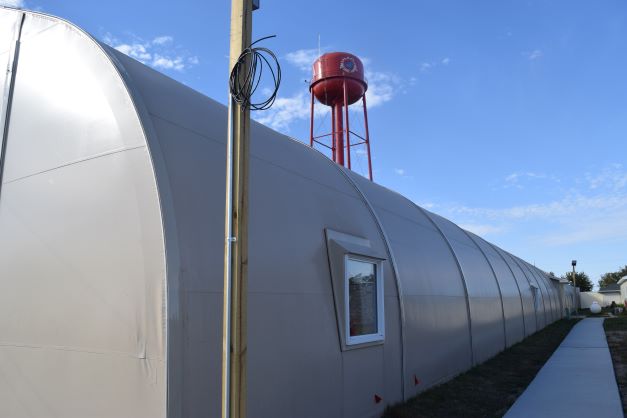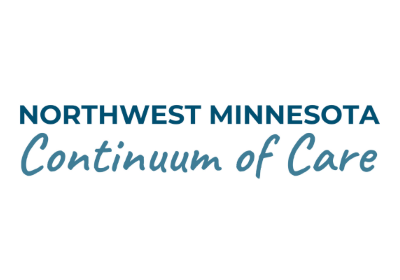A months-long effort to establish an emergency youth shelter in Red Lake culminated with the opening of the shelter last week. The shelter serves up to 12 youth and young adults, open 24 hours a day, seven days a week.
The services and programming will be based on Positive Youth Development, an evidence-based model that will be paired with culturally specific programing including ongoing ceremonies and lessons in Ojibwe culture and traditions.
Even outside, at the entrance to the shelter, staff will plant sage, cedar, and tobacco – culturally relevant plantings that the youth themselves will help tend.
Indigenous individuals have endured historic trauma and many youth also experience additional trauma from being homeless. Incorporating their culture into their care, as well as being served by community members – many with lived experience of homelessness themselves – can help strengthen the support and foundation for resiliency and success.
Each youth will have a person-centered housing plan started within their first three days of admission to the shelter.
About the project
The existing Red Lake Homeless Shelter, which serves adults, and the Boys & Girls Club of Red Lake began meeting several months ago to discuss and confront significant increases in the number of youth and youth adults experiencing homelessness in the Red Lake area. The COVID-19 pandemic had prompted programs and agencies to think of new ways to work together to solve this problem.
Bolstered by $1 million in funding, the Boys & Girls Club of Red Lake was able to move forward on a project specifically designed to meet the needs of youth. Katie Northbird is serving as the Director of the Red Lake Youth Shelter.
Red Lake Nation provided the land to the Boys & Girls Club. As fundraising continues to raise support for a permanent shelter, the Red Lake Homeless Shelter has offered the use of one of the temporary sprung shelters in Red Lake to be used as a youth emergency shelter.
The Northwest Minnesota Foundation has granted $250,000 to the Boys & Girls Club, which serves as the fiscal agent for the youth shelter, to support internal capacity development, staff salary, and general support for the launching of the Red Lake Youth Shelter.
About the problem
The social disparities in youth homelessness within Minnesota are directly related to race and ethnicity.
Specifically, within the Northwest Continuum of Care, which covers the three tribal nations and 12 counties in Northwest Minnesota, more than 48 percent of the region’s total homeless population is represented by people that identify as indigenous.
It is important to note, that although individuals who identify as Indigenous make up nearly half of the youth homeless population in Northwest Minnesota, Indigenous individuals represent only 9 percent of the general population across the region.
These disparities are further exacerbated when examining the amount of time youth and young adults must wait to receive supportive housing services.
During 2020, 72 percent of youth identified as being homeless for more than 90 days were represented by people that identified as Indigenous. Failure to address these systemic and structural barriers inhibits our collective goal of developing a system to prevent and end youth homelessness.
Homelessness affects social systems at all levels; systems of education, health care, housing, and justice are all directly affected by homelessness. Young adults are faced with lower school attendance, higher rates of transfers, and decreased graduation rates when they are experiencing homelessness or housing insecurity. Risk factors for increased challenges around issues of mental health, physical health, and substance abuse are highly prevalent for young adults experiencing homelessness.
These social issues on homelessness are further perpetuated when the systems that are designed to serve homeless youth and young adults fail to address the gaps in the continuum of services upon which youth rely.
Please note: The following photos were taken about two weeks before the shelter opened. Additional improvements, including installation of more furniture and the replacement of some furniture pictured below, was accomplished before the shelter opened.










